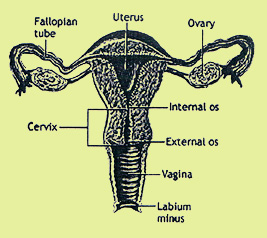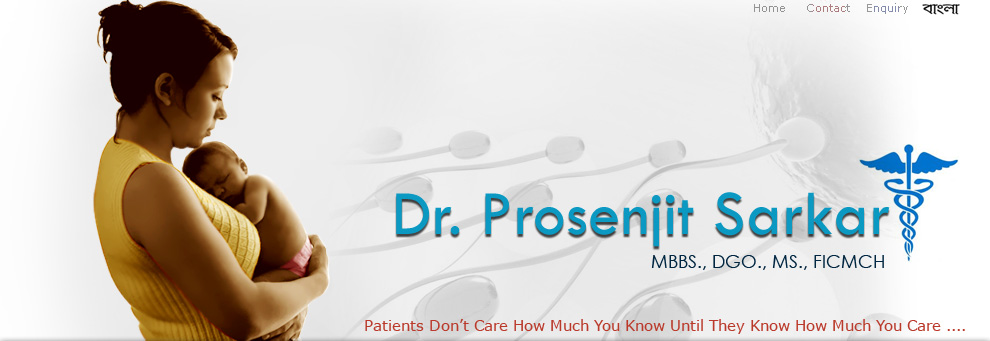| |
| |
Gynae Solutions: |
|
| |
|
Gynaecological problems may, arise at any age, from infancy to an advanced age. But modern advanced technologies and methods are now available for effective solution to these problems, namely: |
| |
| |
1. Menstrual disorders
 Excessive menstrual bleeding. Excessive menstrual bleeding.
- Irregular menstrual bleeding.
- Painful menstruation
- Premenstrual discomfort.
2. Infertility.
3. Infection of genital Tract, white discharge.
4. Chronic Pelvic Pain.
5 .Endometriosis
6. Tumours & Cysts – bening
- Uterus - Fibroids
- Ovaries
- External Genitals
7. Prolapse of Uterus.
8. Gynaecological cancer |
| |
| |
| |
| |
| CYSTS & TUMOURS: NO OPEN OPERATION |
| |

Cysts and Tumours of uterus and ovary -and nothing to be afraid? Indeed, that's correct! No need for a big 'open' cut and stitches. The entire procedure is done through tiny 0.5-1 cm keyholes. So there is minimal discomfort and no big scar. This advanced amazing method is called "Minimally Invasive" or Laparoscopy.
Tumours can be basically:
1. Solid: From uterus or ovary.
2. Cyst: From ovary, and filled with fluid or blood.
3. Partly cystic and partly solid.
They may cause following complaints:
- Uterine Tumour / Fibroid: Usually benign, rarely malignant. May cause Abdominal pain, Excessive menstrual bleeding, Pain during menstruation, Infertility, Pregnancy miscarriage.
- Ovarian Cyst: Mostly benign, some malignant. May cause pain abdomen, get twisted, ruptured or infected.
- Ovarian Tumour: Many of them are malignant.
Treatment:
- No operation: Small uterine fibroids and small ovarian cysts usually doesn't need any surgery.
- Open operation: Generally to be avoided due to the pain and ugly scar of a big cut and stitches on the abdomen.
- Laparoscopy: The preferred advanced method, where surgery is convenient, much less stressful, at affordable cost to the patient.
Under general Anaesthesia, a thin tube is introduced through a tiny incision in the abdomen, through which the laparoscope is inserted. Then, with the help of a small video camera and a light source connected to it, the surgeon can actually see the inside of the body in the image formed in the monitor. Instruments are inserted through thin tubes inside the body to perform the surgery. Post-operatively the patient can sit up and drink liquids the same evening and can walk about freely the next morning and then go home. |
| |
| |
| |

 Excessive menstrual bleeding.
Excessive menstrual bleeding.
